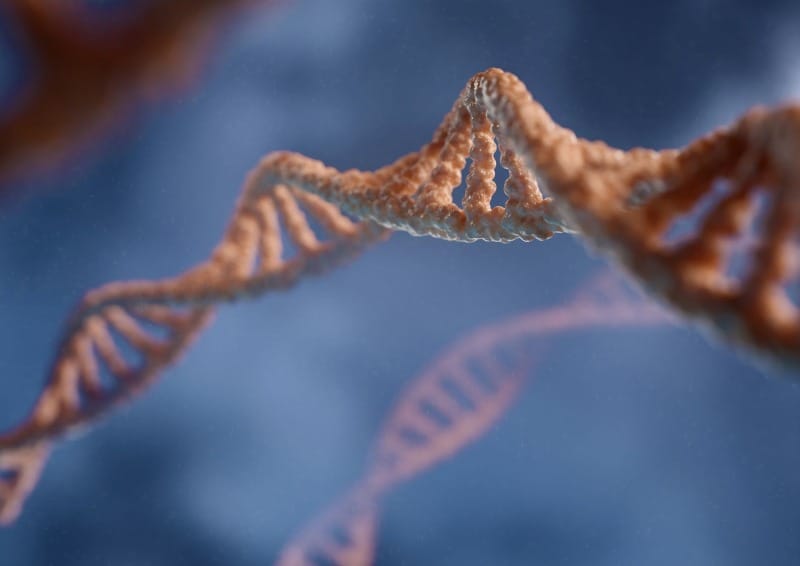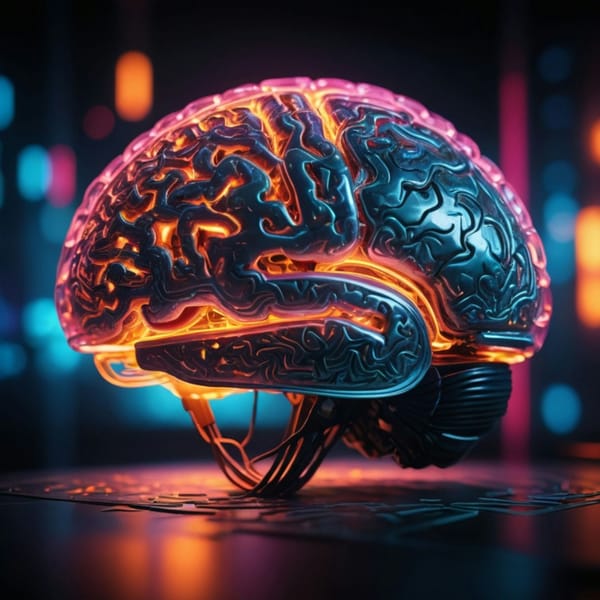Scientists have discovered a potential link between certain DNA markers and the aging process, offering new insights into how we age and potentially paving the way for innovative anti-aging treatments. This research, conducted by Weill Cornell Medicine and TruDiagnostic, focuses on specific genetic elements called retroelements and their role in predicting biological age.
Key Takeaways:
- Researchers found DNA markers linked to retroelements that accurately predict chronological age.
- These markers form a new "Retro-Age" clock, providing unique insights into the aging process.
- The study suggests retroelements may play a fundamental role in aging across different species.
- Environmental factors, like HIV infection and its treatment, can influence these DNA markers.
- This discovery could lead to new ways of monitoring health, predicting age-related diseases, and developing anti-aging therapies.
Understanding Retroelements and Their Role in Aging
Retroelements are remnants of ancient viral genetic material embedded in our DNA. While scientists have known about their existence for some time, their potential as biomarkers for aging was largely unexplored until now. This new study, published in the journal Aging Cell, sheds light on how these genetic fossils might be key players in the aging process.
What Are Retroelements?
Retroelements are sequences in our DNA that originated from viruses that infected our ancestors millions of years ago. Over time, these viral genes became a permanent part of the human genome. While often considered "junk DNA," recent research suggests they may have important functions, including influencing how our genes are expressed.
The Retro-Age Clock
The researchers developed a new way to measure biological age using these retroelements, which they call the "Retro-Age" clock. This clock looks at how certain chemical tags (methyl groups) on retroelements change as we age. These changes can affect how active certain genes are, potentially leading to signs of aging like inflammation and genomic instability.
Dr. Lishomwa Ndhlovu, one of the study's lead authors, explains, "Now, with Retro-Age, we have greater insight and a fresh perspective into the aging process and a potentially powerful tool to predict biological age."
How the Study Was Conducted
The research team used advanced machine learning techniques to analyze epigenetic data from over 12,000 individuals, ranging from 12 to 100 years old. They focused on two types of retroelements:
- Human Endogenous Retroviruses (HERVs)
- Long Interspersed Nuclear Elements (LINEs)
By examining the DNA methylation patterns of these retroelements, they created the Retro-Age clock, which proved to be highly accurate in predicting chronological age across various human tissues and even in other mammalian species.
Implications for Health and Aging Research
The discovery of the Retro-Age clock opens up exciting possibilities for health and aging research:
Predicting Age-Related Health Risks
By measuring the activity of retroelements, doctors might one day be able to predict a person's risk for age-related diseases more accurately. This could lead to earlier interventions and personalized prevention strategies.
Monitoring the Effectiveness of Anti-Aging Therapies
The Retro-Age clock could serve as a tool to measure how well anti-aging treatments are working. Instead of waiting years to see results, researchers might be able to detect changes in biological age much sooner.
Understanding the Impact of Lifestyle Choices
The study suggests that environmental factors can influence retroelement activity. This means the Retro-Age clock might help us understand how lifestyle choices affect our biological age, potentially motivating healthier behaviors.
Environmental Factors and the Aging Clock
One of the most intriguing findings of the study was how external factors can influence the Retro-Age clock. The researchers found that HIV infection, which is known to accelerate aging, affected the DNA methylation patterns of retroelements. Interestingly, antiretroviral therapy appeared to partially reverse these changes.
Dr. Michael Corley, another lead researcher, notes, "The reactivation of specific retroelements increases with age, potentially leading to biological hallmarks of aging such as inflammation, cellular senescence and genomic instability."
This discovery suggests that the Retro-Age clock might be particularly useful in monitoring the health of people living with chronic conditions that affect aging, such as HIV.
Future Directions and Potential Treatments
The researchers are excited about the potential applications of their findings:
- Developing New Anti-Aging Therapies: By targeting specific retroelements, scientists might be able to slow down or even reverse some aspects of biological aging.
- Personalized Medicine: The Retro-Age clock could help doctors tailor treatments based on a patient's true biological age rather than just their chronological age.
- Improving Health Span: The goal isn't just to live longer, but to extend the period of life spent in good health. Understanding retroelements could be key to achieving this.
- Cross-Species Research: The fact that the Retro-Age clock works across different mammalian species could accelerate aging research by allowing for more relevant animal studies.
Challenges and Limitations
While the discovery of the Retro-Age clock is exciting, it's important to note that this is still early research. There are several challenges to overcome:
- Translating Research to Clinical Practice: It will take time and further studies to turn these findings into practical medical applications.
- Understanding Causation: While the study shows a strong correlation between retroelement activity and aging, more research is needed to understand if this relationship is causal.
- Ethical Considerations: As with all aging research, there are ethical questions to consider about extending lifespan and the societal implications of such advancements.
Conclusion
The discovery of the Retro-Age clock marks a significant step forward in our understanding of the aging process. By revealing the potential role of retroelements in aging, this research opens up new avenues for studying and potentially intervening in age-related diseases.
As Dr. Ndhlovu puts it, "This approach may eventually reverse or mitigate the biological effects of aging, improving an individual's health span and lifespan."
While we're still a long way from fountain-of-youth treatments, this research brings us one step closer to unraveling the complex mystery of aging. It offers hope for a future where we might not just live longer, but stay healthier for more of our lives.













Member discussion